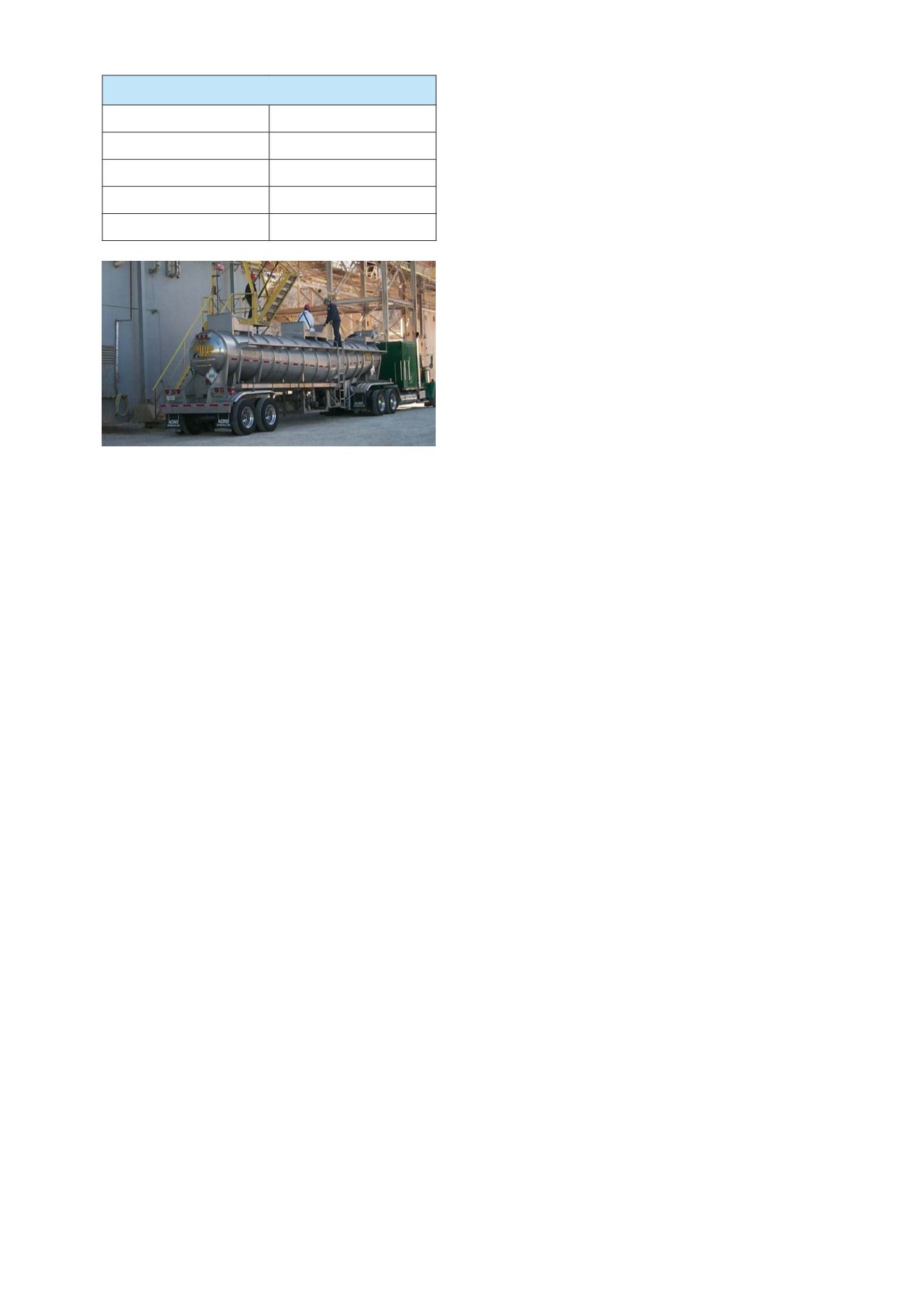
36
World Cement
North America 2019
The process
Waste materials processing normally starts with
the submission of a waste material profile and
pre‑qualification sample by a generating facility
(Figure 2 for the WFIMS high-level workflow).
After accepting a waste stream for processing,
a pre‑qualification identity is assigned. Each
pre‑qualified waste stream is associated with a
specific billing name and a generating facility. The
pre-qualification data is maintained in the laboratory
module and qualification creation applications.
Inbound shipments are scheduled against
pre‑qualified waste streams. The new shipment
function creates a shipment record identified by waste
material category and transportation mode, which
can be scheduled for arrival at a specific date and
time. When a shipment arrives onsite, the receiving
process includes creating the load record for the
carrier and recording detailed manifest information.
Further analysis of an acceptance sample may be
required before unloading. Unloading assigns the
received material to one or more storage/processing
locations. Containers are individually identified with a
bar code and unloaded to a storage location to await
acceptance sampling and categorisation, before going
into processing. The waste tracking process ends
when the waste is accepted for processing onsite,
sent to another destruction facility, or returned to
the generator. The WFIMS includes the provision of
‘death certificate’ documentation for waste streams to
meet regulatory requirements.
Environmental Protection Agency
Across the US, the Uniform Hazardous Waste
Manifest (UHWM) is a paper form required by the
Environmental Protection Agency (EPA) and the
Department of Transportation. Generators must
produce the UHWM to transport hazardous waste to
treatment, storage, and disposal facilities (TSDFs).
This is a key document that includes tracking
information related to the waste being transported,
instructions on how to handle the material, and
signatures and dates for each party involved in the
transportation and disposal of the waste. Each party
involved in the handling of the waste retains a signed
copy of the manifest. Once the waste reaches its
destination, the TSDF sends a signed copy of the final
manifest back to the generator to inform them that the
waste has reached its destination.
Historically, it was each party’s responsibility to
maintain its own copy of the signed paper manifests.
The submission of paper manifests to the EPA was
not required.
The proposal to move from paper-based manifests
to electronic manifests was initiated by the EPA in
May 2001.
2
The stated benefits were the following:
z
z
Cost savings.
z
z
Better and more timely information on hazardous
waste shipments.
z
z
Faster notification on discrepancies related to
shipments.
z
z
A single portal for the reporting of manifest data to
both the EPA and states.
z
z
Improved compliance monitoring of waste
shipments by regulators.
z
z
The integration of manifest reporting
with the biennial report from the
Resource Conservation and Recovery Act
(RCRA).
On 5 October 2012, the Hazardous Waste
Electronic Manifest Establishment Act was enacted,
authorising the EPA to implement a nationwide
electronic manifest system. This act requires that
the cost of developing and operating this system be
recovered by user fees that are charged to users of
the electronic manifest system to track hazardous
waste manifests for offsite shipments of hazardous
waste. The fee schedule at that time was not finalised,
but it was known that submitting paper manifests
would be significantly more expensive than submitting
a manifest electronically. The fee schedule at the time
of writing is shown in Table 1.
3
Essentially, TSDFs that would be able to submit
their manifests electronically would be able to save
more per manifest than those that would continue to
record (and thus submit) their manifests via paper. In
the short term, those that could take advantage of the
cheaper option could see an immediate cost savings
benefit. In the long term, the EPA is only planning
to support the submission of paper manifests until
30 June 2021, at which time an electronic method of
submission will be required by all TSDFs.
4
Development of the EPA’s e-Manifest system started
in 2014, with architecture discussions of the back-end
system. Not until June 2017 were a series of web
services made available for user experience testing.
The target production release date was still on track
for official release on 30 June 2018.
Figure 4. Liquid waste tanker.
Table 1. Current fee schedule.
Manifest submission type Fee/manifest
Paper
US$15.00
Scanned image
US$10.00
Data + image
US$6.50
Fully electronic
US$5.00








